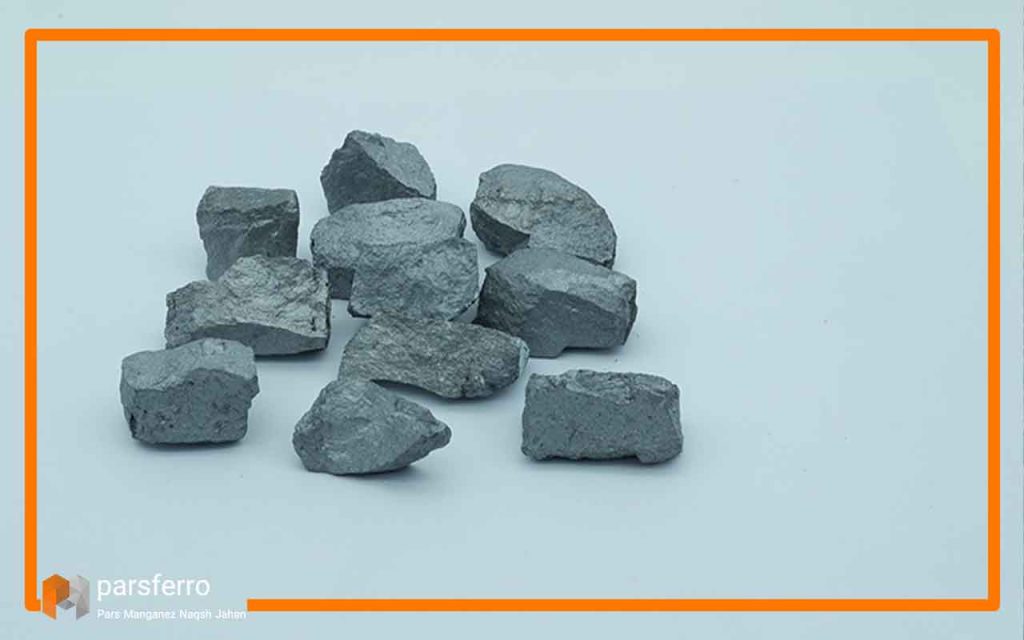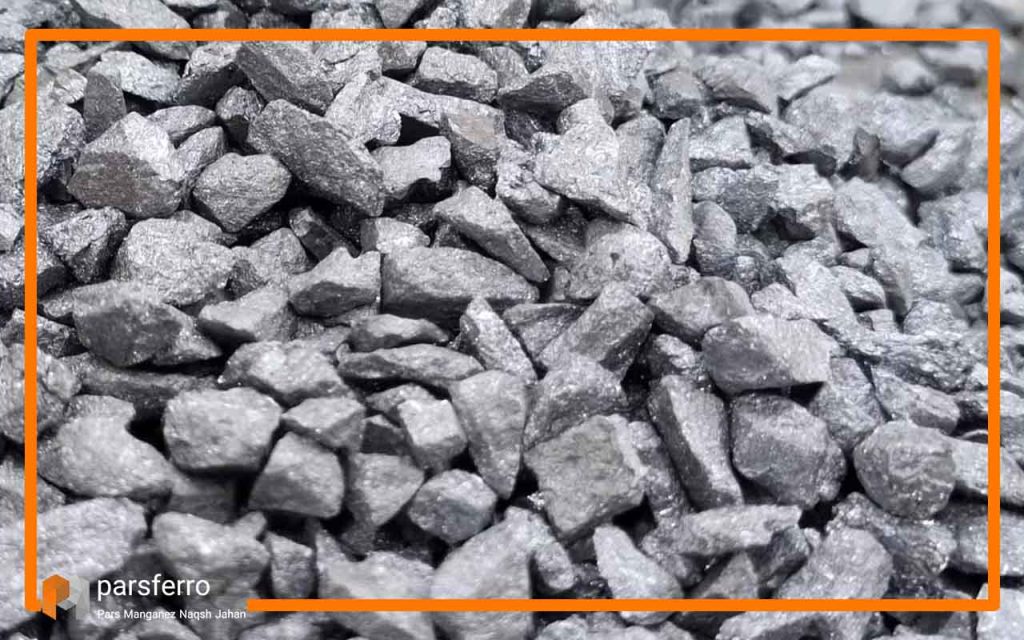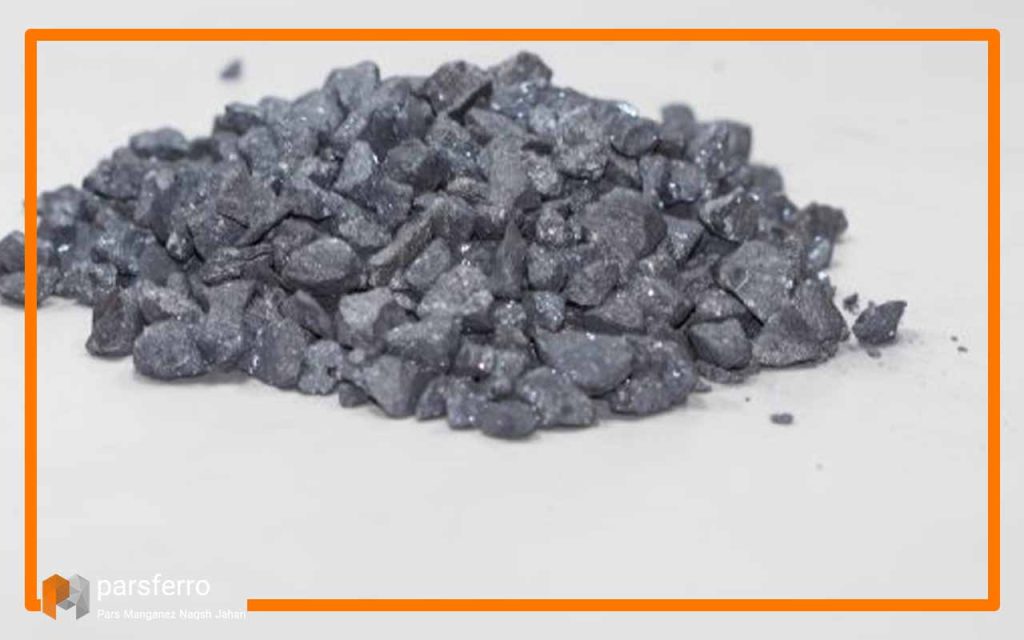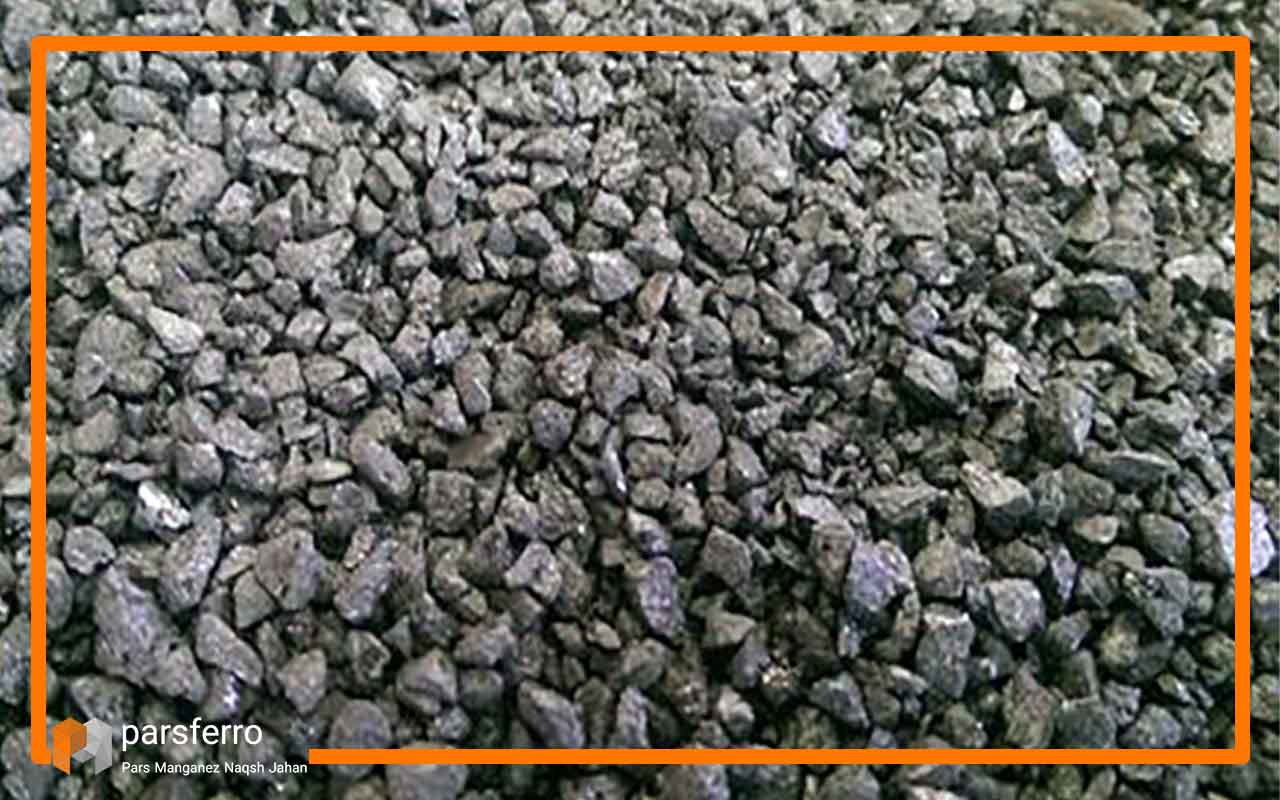Ferro Silicon Magnesium (FeSiMg) is an alloy composed of iron (Fe), silicon (Si), and magnesium (Mg). It is widely used in the steel industry as an inoculant and nodularizer for the production of ductile iron. The addition of magnesium to the alloy enhances its nodularizing ability, making it a crucial component in the manufacturing process. In this article, we will discuss Ferro Silicon Magnesium specification, exploring its composition, properties, production methods, applications, and market trends.
Ferro Silicon Magnesium specification, Composition
one of the Ferro Silicon Magnesium specification is its composition which typically composed of varying percentages of iron, silicon, and magnesium. The exact composition may vary depending on the manufacturer and the specific requirements of the end-user. Generally, the alloy contains around 40-45% silicon, 6-8% magnesium, and the remaining balance is iron along with trace amounts of other elements.
read more: ferro silicon magnesium composition
1. Silicon (Si): 40-50%
Silicon is a key component and provides deoxidizing properties to the alloy. It also helps in improving the fluidity and castability of iron.
2. Magnesium (Mg): 4-15%
Magnesium is the main alloying element that influences the formation of nodular graphite in the iron, imparting ductility to the material.
3. Iron (Fe): Balance
Iron is the base metal, forming the majority of the alloy.
4. Calcium (Ca): 1.5-3%
Calcium is often added to control the shape and distribution of the graphite nodules, promoting the desired nodular structure.
5. Aluminium (Al): 1% max
Aluminum is a common impurity that needs to be controlled as excessive amounts can affect the performance of the alloy.
6. Total Rare Earth Elements (TRE): 0.5-20%
The inclusion of rare earth elements (REE) is to enhance certain properties of the alloy, such as high-temperature stability and mechanical strength.

It’s important to note that specific applications and manufacturing processes may require variations in the composition to meet desired material properties. The exact specifications are often determined through a combination of metallurgical expertise and the specific needs of the end application.
Ferro Silicon Magnesium Properties
Ferro Silicon Magnesium exhibits a range of properties that make it indispensable in the production of high-quality ductile iron.
- Nodularizing Ability: The addition of magnesium imparts excellent nodularizing properties to the alloy, resulting in the formation of spherical graphite nodules in the iron matrix.
- Inoculation: FeSiMg serves as an effective inoculant, promoting the nucleation of graphite during the solidification of molten iron.
- Thermal Stability: The alloy exhibits good thermal stability, ensuring consistent performance at high temperatures during the iron casting process.
- Density and Melting Point: The density and melting point of Ferro Silicon Magnesium specification are influenced by its composition, with higher silicon and magnesium content contributing to increased density and a higher melting point. The density of Ferro Silicon Magnesium typically ranges from 6.5 to 7.2 g/cm³. This range can vary based on the silicon and magnesium content, as well as the presence of other alloying elements. he melting point of Ferro Silicon Magnesium is generally in the range of 1400 to 1500
.
Ferro Silicon Magnesium specification, Production Methods
Ferro Silicon Magnesium is produced through the carbothermic reduction of silica, magnesia, and ferrosilicon in an electric arc furnace. The process involves the following steps:
- Raw Material Selection: High-quality silica, magnesia, and ferrosilicon are selected as raw materials.
- Furnace Charging: The raw materials are charged into an electric arc furnace in carefully controlled proportions.
- Smelting:The electric arc furnace is operated at high temperatures, causing the reduction of silica and magnesia to silicon and magnesium, respectively. These elements are then alloyed with iron from the ferrosilicon.
- Cooling and Solidification: The molten alloy is then cast into molds for cooling and solidification.
- Crushing and Sizing: The solidified alloy is crushed and sized into the desired specifications for commercial use.

Ferro Silicon Magnesium specification, Applications
Ferro Silicon Magnesium finds widespread applications in the metallurgical industry, particularly in the production of ductile iron. Some key applications include:
- Automotive Industry: Used for the production of automotive components such as engine blocks, cylinder heads, and other castings requiring high strength and ductility.
- Pipe Manufacturing: Employed in the manufacturing of pipes and fittings for water and wastewater systems.
- Construction: Utilized in the production of construction materials, such as cast iron pipes, manhole covers, and other structural components.
- Agriculture: Applied in the manufacturing of agricultural equipment and machinery components.
read more: Ferro silicon magnesium uses
Market Trends for Ferro Silicon Magnesium
The market for Ferro Silicon Magnesium is influenced by various factors, including the growth of the steel industry, infrastructure development, and technological advancements. As of the latest market trends:
1. Increasing Demand: The demand for Ferro Silicon Magnesium is expected to rise with the growth of the global steel industry, especially in developing economies.
2. Technological Advancements: Ongoing research and development efforts are focused on improving the production processes and enhancing the performance of FeSiMg alloys.
3. Environmental Considerations: There is a growing emphasis on sustainable and environmentally friendly practices in the metallurgical industry, leading to the exploration of cleaner production methods for Ferro Silicon Magnesium.
4. Global Trade Dynamics: The market is influenced by global trade dynamics, including factors such as raw material availability, geopolitical considerations, and trade policies.

Ferroalloys in Pars Manganez Naqsh Jahan
Pars Manganez Naqsh Jahan is a renowned company specializing in the production of high-quality alloys. Leveraging high-purity raw materials, the company has positioned itself as a leader in the alloy manufacturing industry. With an unwavering commitment to excellence, Pars Manganez employs the best experts in the field, ensuring a team of skilled professionals dedicated to delivering superior products.
The company takes pride in producing the finest and purest alloys tailored for the steel industry. Pars Manganez’s alloys are known for their exceptional quality, meeting the stringent standards of the steel manufacturing sector. The company’s dedication to using high-purity raw materials further enhances the reliability and performance of its alloys.
One of the distinctive features of Pars Manganese is its capability for customization. The company understands the unique needs of its costumers and offers a comprehensive customization service, allowing for the production of tailored alloys based on specific requirements. This flexibility sets Pars Manganez apart, enabling it to cater to diverse industrial demands and provide clients with precisely the alloys they need for optimal performance in steel production. With a combination of cutting-edge technology, a team of experts, and a commitment to customization, Pars Manganez stands as a reliable and top-tier choice in the world of alloy manufacturing. For more information please contact us via email.
conclusion
In conclusion, Ferro Silicon Magnesium plays a crucial role in the metallurgical industry, particularly in the production of high-quality ductile iron. Its unique composition and properties make it an essential alloy for various applications, from automotive to construction. As the steel industry continues to evolve, the demand for Ferro Silicon Magnesium is expected to remain robust, with ongoing efforts to improve production efficiency and environmental sustainability.


No comment